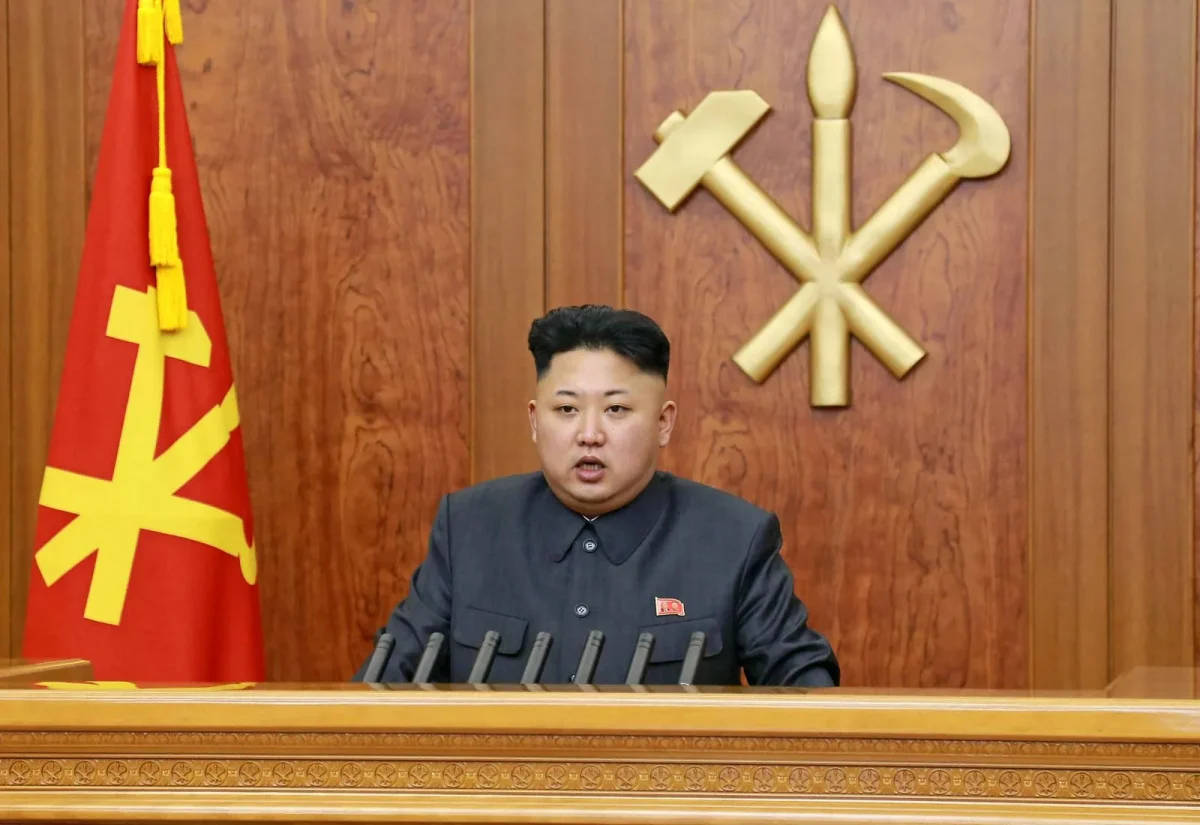Morocco’s Recent Earthquakes: A Geological Perspective
Morocco, a North African nation known for its diverse landscapes and rich cultural heritage, has experienced a series of significant earthquakes in recent years. These seismic events have not only posed a threat to the safety of its inhabitants but have also sparked discussions about the country’s preparedness and response to such natural disasters. This essay aims to provide an overview of Morocco’s recent earthquakes, their geological causes, and the measures taken to mitigate their impact.
Morocco, situated on the boundary of the African and Eurasian tectonic plates, is inherently prone to seismic activity. The interaction between these two massive tectonic plates generates stress along fault lines, leading to earthquakes. The region’s most seismically active area is the Al Hoceima Bay region, located along the northern coast. Here, the African plate is subducting beneath the Eurasian plate, causing a complex network of faults and fractures.

One of the most notable recent earthquakes in Morocco occurred on February 24, 2004, in the Al Hoceima region. This event, measuring 6.3 on the Richter scale, resulted in significant damage to infrastructure and claimed dozens of lives. It served as a stark reminder of Morocco’s vulnerability to seismic activity. Since then, the country has taken steps to improve its earthquake preparedness and resilience.
Another significant earthquake struck the region on September 12, 2023, with a magnitude of 6.8-6.9. While the epicenter was located offshore, the tremors were felt in various parts of the country, including the capital city, Rabat. Fortunately, this earthquake did not result in widespread damage or loss of life, largely due to improved building standards and early warning systems.
Morocco’s response to these seismic events has been multifaceted. The government has focused on strengthening its infrastructure and enhancing earthquake preparedness. One crucial aspect has been the development and enforcement of building codes that require structures to be designed and constructed to withstand seismic forces. This is particularly important in densely populated urban areas like Casablanca and Rabat, where the risk of earthquake-induced damage is significant.

Furthermore, Morocco has made strides in establishing early warning systems to provide advance notice of impending earthquakes. The Moroccan National Seismic Network (Réseau National de Surveillance Sismique or RENASS) plays a vital role in monitoring seismic activity and disseminating information to relevant authorities and the public. While these systems cannot prevent earthquakes, they can save lives by allowing people to take protective measures before the shaking begins.
In addition to these technical measures, Morocco has focused on raising awareness about earthquake preparedness among its citizens. Educational campaigns and drills in schools and communities have been instrumental in ensuring that people know how to react during an earthquake. This includes actions such as “Drop, Cover, and Hold On” to minimize the risk of injury.
Morocco’s experience with recent earthquakes has also highlighted the importance of international collaboration in disaster management. The country has worked with organizations like the United Nations Development Programme (UNDP) and the World Bank to enhance its resilience to seismic events. These partnerships have facilitated the exchange of knowledge and resources to improve Morocco’s disaster response capabilities.
While significant progress has been made, challenges remain. Morocco’s geographical location makes it susceptible to seismic activity, and the threat of large earthquakes persists. Continuous monitoring, regular updates to building codes, and ongoing public education efforts are essential to minimize the potential impact of future earthquakes.

In conclusion, Morocco’s recent earthquakes have underscored the nation’s vulnerability to seismic activity, primarily due to its location near tectonic plate boundaries. However, the country has responded proactively by implementing building codes, establishing early warning systems, and conducting public awareness campaigns. These measures, combined with international cooperation, have significantly enhanced Morocco’s ability to mitigate the impact of earthquakes and protect its citizens. As seismic activity continues to be a part of Morocco’s geological reality, ongoing efforts in earthquake preparedness and resilience-building remain crucial.






